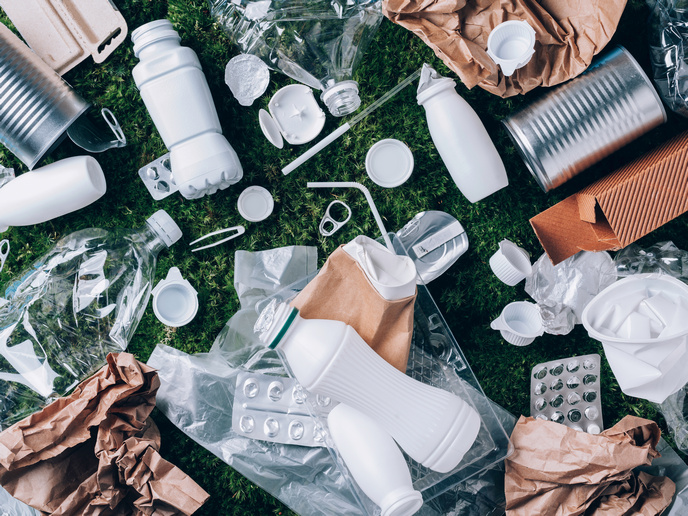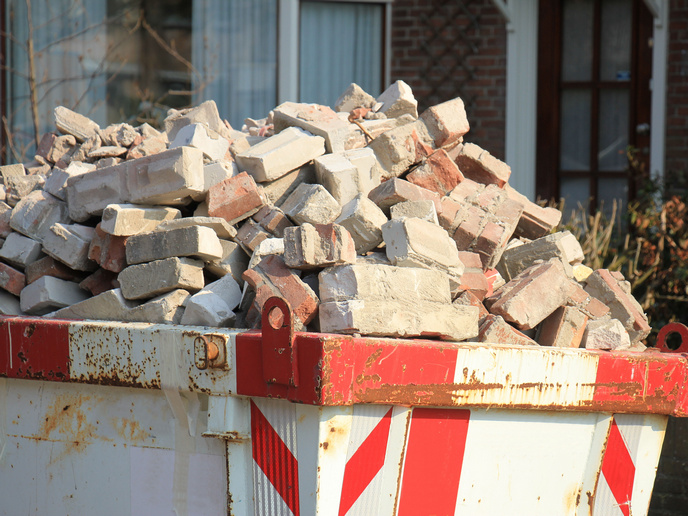Upcycling plastics for biodegradable food packaging
Plastic packaging accounts for up to 60 % of plastic waste in Europe. Polyethylene (PE) and polyethylene terephthalate (PET) are the leading plastics used to package food and drink. Currently this material is disposed of in landfills or through incineration. Finding pathways to reuse and recycle these materials is critical. Not all recycling strategies are appropriate. Mechanical recycling degrades material properties, and chemical recycling relies on high temperatures and long reaction times. The EU-funded upPE-T(opens in new window) project aimed to upcycle PE and PET through biological routes, delivering bioplastic materials suitable for food and drink packaging.
Criteria for food packaging plastics
Plastics used to package food and drink have high health and hygiene standards. Both rigid and flexible packaging are needed, and together PE and PET supply over 50 % of the plastics used in this sector. The project aimed to produce biodegradable biopolymers suitable for food and drink packaging. These materials have a relatively short shelf life compared to other plastics applications because of their low gas barrier properties. Outcome products include custom-designed compounds that can be processed using a variety of techniques such as cast extrusion, injection moulding, thermoforming and blown extrusion. Of particular interest to upPE-T was the production of Poly(3-hydroxybutyrate-co-3-hydroxyvalerate(opens in new window) (PHBV)), a biodegradable plastic with wide applications.
PHBV applications
PHBV was first synthesised in 1983. Because it is safe to consume, it is used in specialty packaging such as drug capsules and orthopaedic devices. “What makes PHBV attractive when compared to other biodegradable plastics is its renewable origin and high biodegradability even in low microbial-load environments such as fresh water, marine water or soil,” explains project coordinator Fuensanta Monzó Sánchez. PHBV has potential for widespread use in medicine, agriculture and food packaging sectors. The bioconversion work of upPE-T advances efforts to make PHBV production cost-competitive.
Bioconversion through enzymatic degradation
Bioconversion is the process by which living organisms convert one substance into another. The project focused on demonstrating the feasibility of enzymatic degradation to produce PHBV from PE and PET wastes. Both PE and PET are susceptible to enzymatic degradation, but they require pretreatments to facilitate the oxidative reactions driven by the enzymes. Enzymatic degradation of PET is more straightforward than the transformation of PE, but the project was successful in both endeavours. “Two main achievements emerged from upPE-T's research into the enzymatic degradation of plastics: a new enzyme developed by Enzymicals(opens in new window) capable of completely breaking down PET into its terephthalic acid and ethylene glycol monomers, even at high temperatures. A new strategy was also developed by the University of Greifswald(opens in new window) based on the use of a cocktail of enzymes for the degradation of PE,” shares Monzó. Europe’s ambitious goal to build a green, low-carbon future demands efficient recycling of plastics. By focusing on the bioconversion of commonly used oil-based plastics, upPE-T is contributing to viable solutions that will transform the food packaging sector. With the development of enzymatic degradation technologies for plastic upcycling and biological routes for bioplastic manufacturing, the goal of having 60 % of food packaging plastics come from renewable sources is within reach.







